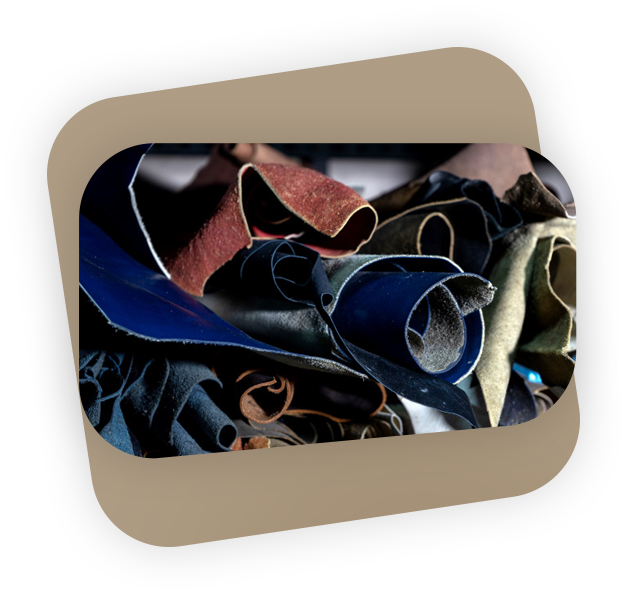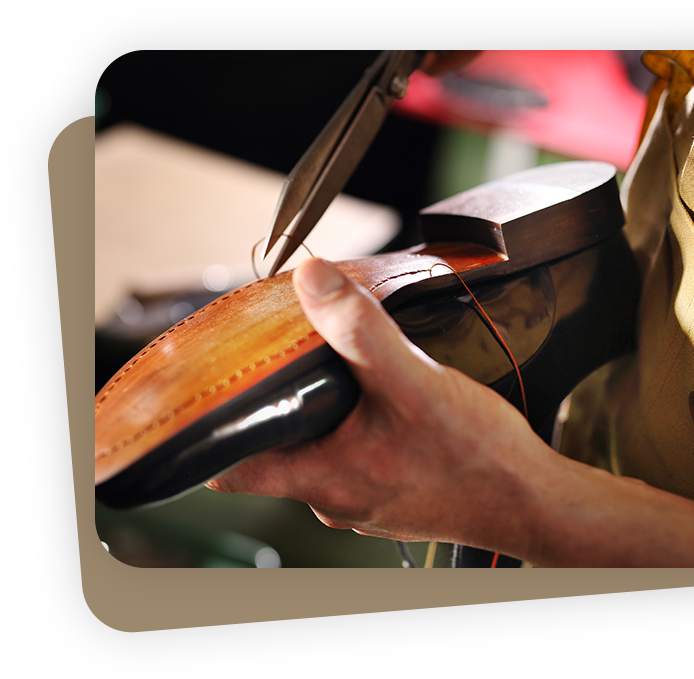RESEARCH AND DEVELOPMENT
Inbode offers skilled industrialization,
research and development (R&D) with quality control (QC) services for
the leather and apparel manufacturing industry with decades of
experience.
Leather Industrialisation &
Research
Value helps its customers solve potential leather-related problems or lets them easily satisfy their various stylistic or budget demands:
- Search for new leathers that are compatible with the customer's style and input
- Industrialization consultant (new or existing)
- Raw leather design track for fine-tuning from the demand to production
- Look for alternative products (leather countertype) from other suitable suppliers
Manually applied marker identification
It is unusual to use the automated defect method. Alternatively, it is commonly used to manually place markers at faulty points. Comparatively, simple camera systems can digitize these Markings and feed them into the further cutting optimization stage. Nonetheless, for reasons similar to contours identification, the automatic recognition of the markers is associated with certain difficulties.
The image's color gradient is calculated first of all by decomposition of its value, with a view to decide the color with which marks in the picture are added and which color corresponds to the unlabeled leather skin. In specific, a global criterion for labeling and context (leather) differentiation is therefore available. Nevertheless, a set of fake marks may occur thanks to the inhomogeneous leather composition. This is, but in fact, the leather structure is known as markings. A subsequent hysteresis process will remove this over-segmentation. The vectorizing of the markers, eventually transformed into polygons for further analysis, is given by a morphological skeleton.
Detection of Manual Defect
In the future, automatic testing will be even more successful due to deep research and development of quality requirements and increasing efficiency of image processing systems.
Based on product type and specifications the design of such a test system varies. For particular, two to four cameras are used with special lenses and as many illuminations. In the incident light, normally act as a lens, and in the dark field, the other cameras differ in direction/angle and color of the illumination. Due to the large volume of data (some gigabytes per hiding depending on the configuration), a powerful unit of assessment is needed. PCs with multi-core processors actually meet the best of these criteria.
Robust analysis algorithms are of crucial value to textured surfaces
(as with shoes, for example). In general, the evaluation can be divided into four steps:
- Standard Detection
- Clustering Defect
- Identification
- Preprocessing
Professional staff will support the Research and Development (R&D) and Quality control. raw leather products during all operational steps.
Due to these all innovative research and development in leather, it is possible to improve the overall performance of any leather product from footwear to apparel


